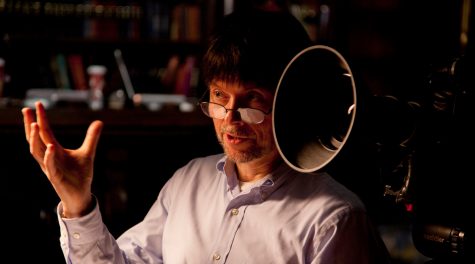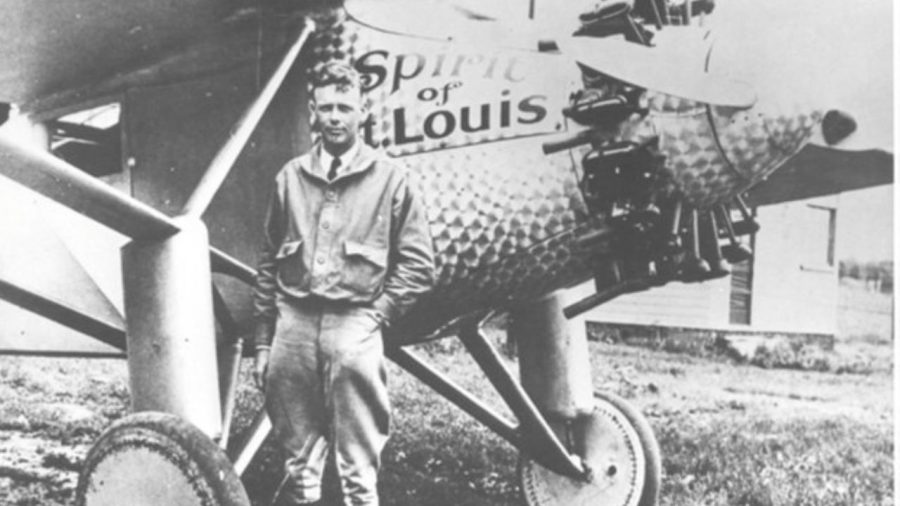Takeaways from Episode 2 of “The U.S. and the Holocaust”
Published September 21, 2022
With the benefit of 20/20 hindsight, I’m now actually glad PBS put a one-day delay between Episodes 1 and 2 of Ken Burns’ “The U.S. and the Holocaust.” I needed a good day to process all that happened in the first two hours of the three-part, six-hour documentary. Episode Two, entitled ““Yearning to Breathe Free,” focused on the events between 1938 to 1942.
As happened in Episode 1, I learned many things that I did not know including that prior to the night of Nov. 9, 1938, when the violent anti-Jewish demonstrations broke out, known as Kristallnacht, that Nazi officials justified the violence as a reaction to the assassination of German foreign official Ernst vom Rath. He had been shot two days earlier by Herschel Grynszpan, a 17-year-old Polish Jew distraught over the deportation of his family from Germany.

But perhaps my most important takeaway from Episode 2 was the immensity of the efforts of Charles Lindbergh, the pilot of the “Spirit of St. Louis,” to not only keep America out of the war, but his inordinate support of Hitler and his one-on-one battles with President Franklin Roosevelt for the soul of the nation. To be clear, I’ve always known Lindbergh was enamored of the Nazis and that he was even awarded the Service Cross of the German Eagle by Hermann Goering, but I was not aware of so many of the details of his antisemitism.
ADVERTISEMENT
Related: Takeaways from Episode 1 of “The U.S. and the Holocaust”
About 45 minutes into Episode 2, Burns recounts Lindbergh’s sadness and confusion over the Kristallnacht violence, quoting Lindbergh about the Nazis, “I do not understand these riots. They seem contrary to their sense of order and intelligence.” Then, in the next scene, as Lindbergh makes his way back to the United States via ship, he is irritated by the number of Jewish refugees among his fellow passengers.
“Imagine the United States taking these Jews in addition to those we already have,” wrote Lindbergh in his diary. “There are too many places like New York already. A few Jews adds strength and character to a country, but too many create chaos. And we are getting too many.”
Burns includes a quote from Roosevelt about Lindbergh that I have heard before, “If I should die tomorrow, I want you to know this,” the president said to a friend. “I am absolutely convinced that Lindbergh is a Nazi.”
The America First Committee
ADVERTISEMENT
Another revelation for me was Lindbergh’s work with the America First Committee. It was founded in September 1940, shortly after France fell to Germany. Lindbergh became the chief spokesperson for the most powerful isolationist group in America.
According to Burns, Lindbergh led the charge of isolationists and antisemitic groups against the Lend Lease Act to support England. The groups claimed that Jews were behind, “Roosevelt’s rush to war.”
On Sept. 12, 1941, in an American First speech, Lindbergh charged the British, the Roosevelt Administration and Jews, were pushing America to war.
“Instead of agitating for war, the Jewish groups in this country should be opposing it in every way,” warned Lindbergh. “For they will be the first to feel its consequences. A few far-sighted Jewish people realize this and stand opposed to intervention. But the majority still do not. Their greatest danger to this country lies in their large ownership and influence in our motion pictures, our press, our radio and our government.”
Burns then explained the reaction to Lindbergh’s words, which is something I had never heard. The press began challenging Lindbergh head on, many publicly calling the American hero, a Nazi. One paper called him “The Most Dangerous Man in America,” saying he was appealing to the antisemitism and the dark forces of prejudice and intolerance.
“The voice was the voice of Lindbergh. The words were the words of Hitler and Goebbels,” wrote the San Francisco Chronicle.
Episode 3 airs tonight, Wednesday, Sept. 21 at 7 p.m. on Nine PBS.

















